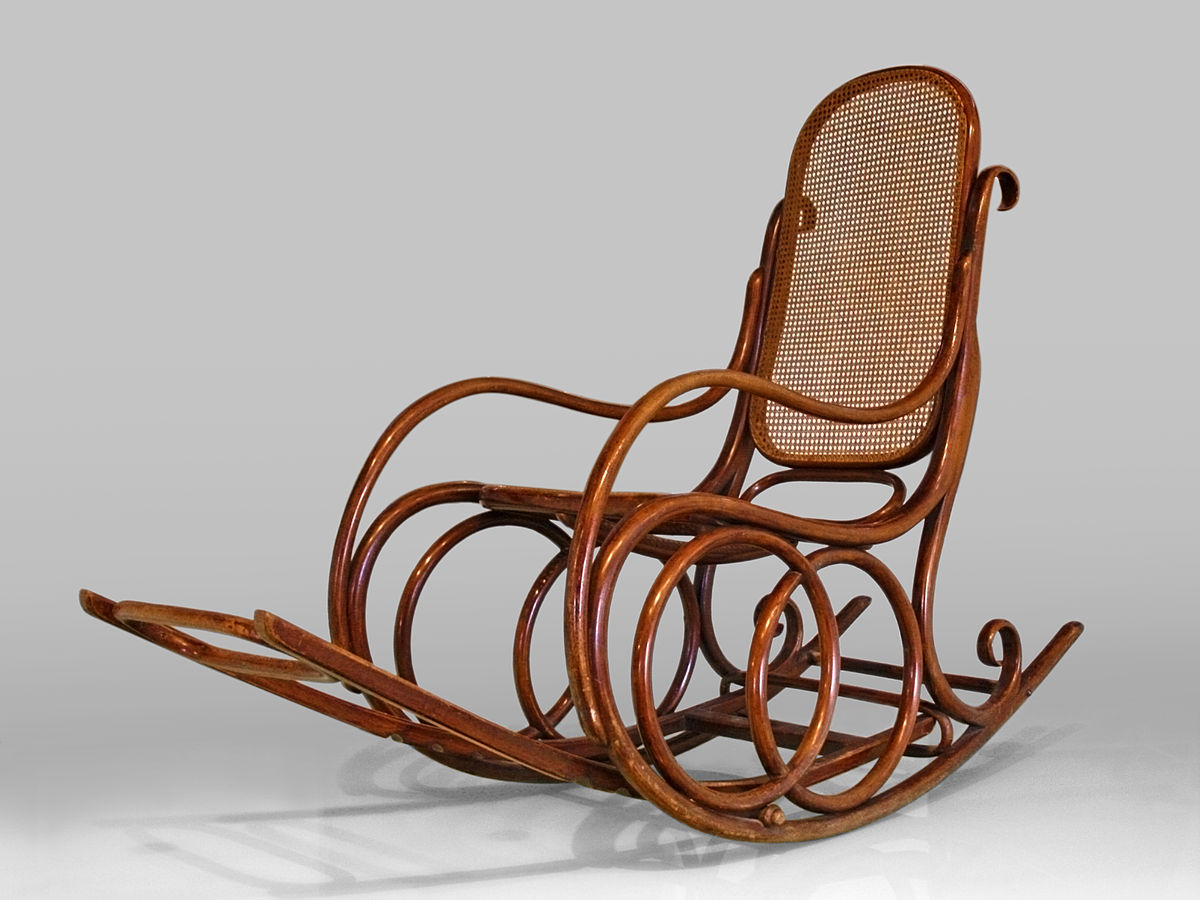- Messages
- 20,168
- Location
- Springfield, Missouri
Before our Grandson was born, about 4 years ago, we bought this red chair. It used to have a mechanical rocker/swivel base under it. The base turned out to be very cheap and with all the rocking we did it eventually wore out. I removed it this past summer and kept the chair part thinking I'd just buy another mechanical base for it. My wife has asked me to make a wood rocking base instead.

I've been looking for either a calculator or a formula for calculating the size/shape of the rocker runners.
The following page states "π = 3.14159265358979323846264338327950288419716939937510…. multiplied by the finished height of your rocking chairs’ seat. That is all there is to it."
http://logfurniturehowto.com/radius-matters-how-to-make-a-rocking-chair-rock/
Are runners really round? I've always thought of them being more oval, but guess it may just be that they are offset to the rear more. Anyone made rockers from scratch? How did you come up with the size/shape?

I've been looking for either a calculator or a formula for calculating the size/shape of the rocker runners.
The following page states "π = 3.14159265358979323846264338327950288419716939937510…. multiplied by the finished height of your rocking chairs’ seat. That is all there is to it."
http://logfurniturehowto.com/radius-matters-how-to-make-a-rocking-chair-rock/
Are runners really round? I've always thought of them being more oval, but guess it may just be that they are offset to the rear more. Anyone made rockers from scratch? How did you come up with the size/shape?







